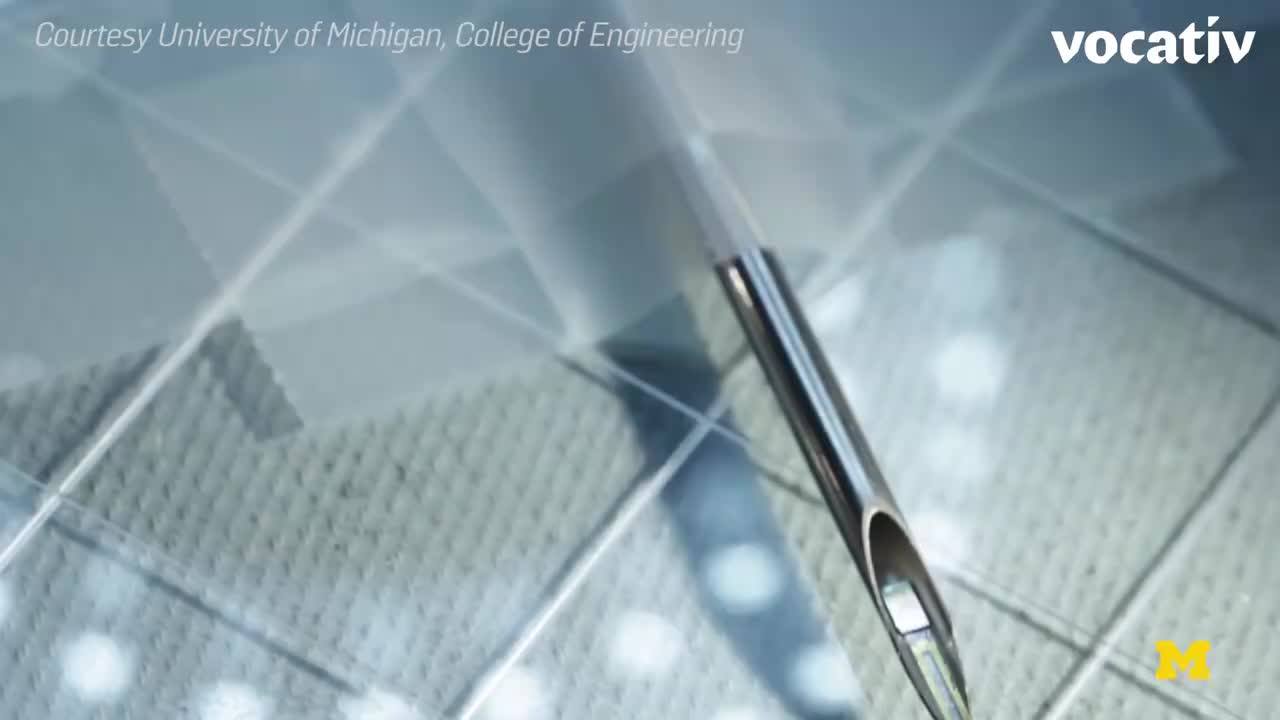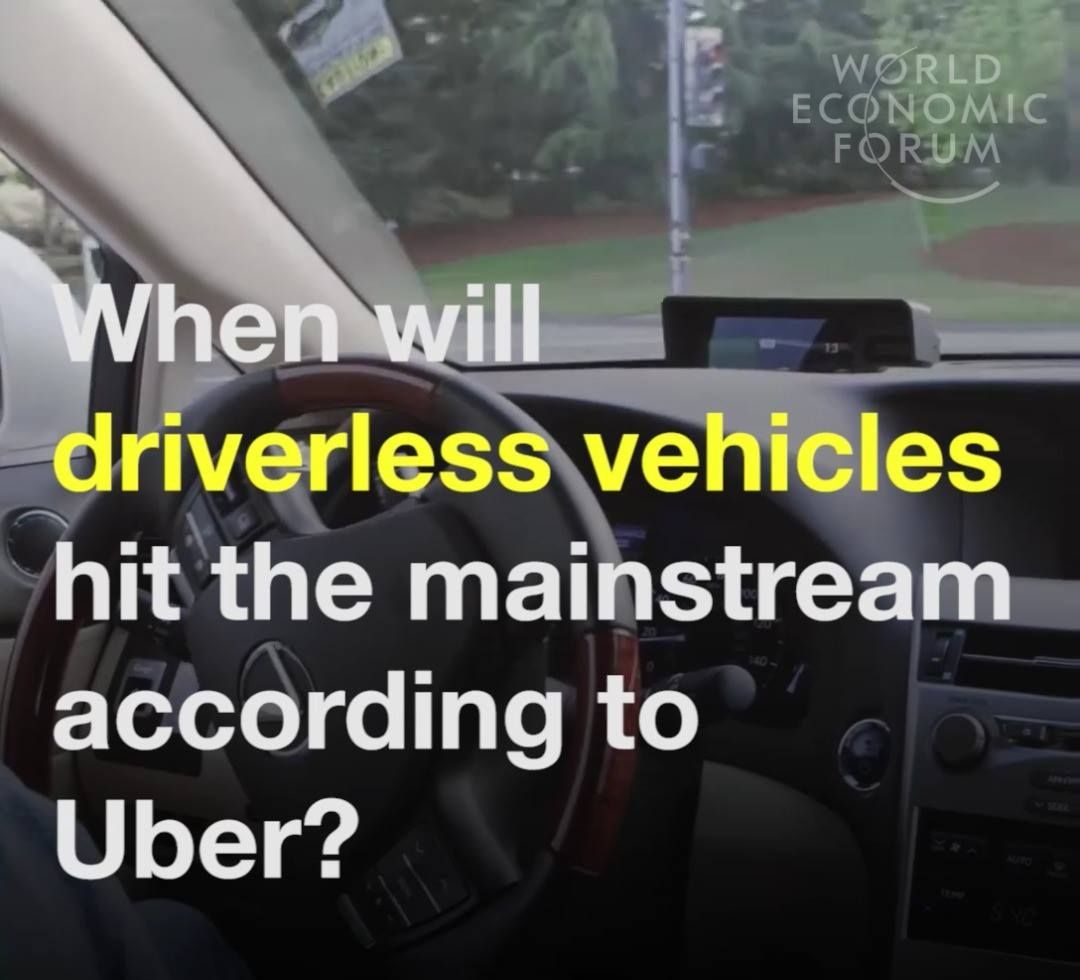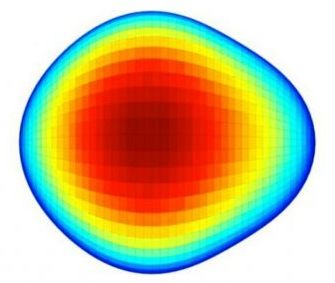Jun 29, 2016
End of nations: Is there an alternative to countries?
Posted by Shailesh Prasad in categories: climatology, security
Nation states cause some of our biggest problems, from civil war to climate inaction. Science suggests there are better ways to run a planet.
By Debora MacKenzie
Try, for a moment, to envisage a world without countries. Imagine a map not divided into neat, coloured patches, each with clear borders, governments, laws. Try to describe anything our society does – trade, travel, science, sport, maintaining peace and security – without mentioning countries. Try to describe yourself: you have a right to at least one nationality, and the right to change it, but not the right to have none.
Continue reading “End of nations: Is there an alternative to countries?” »

















